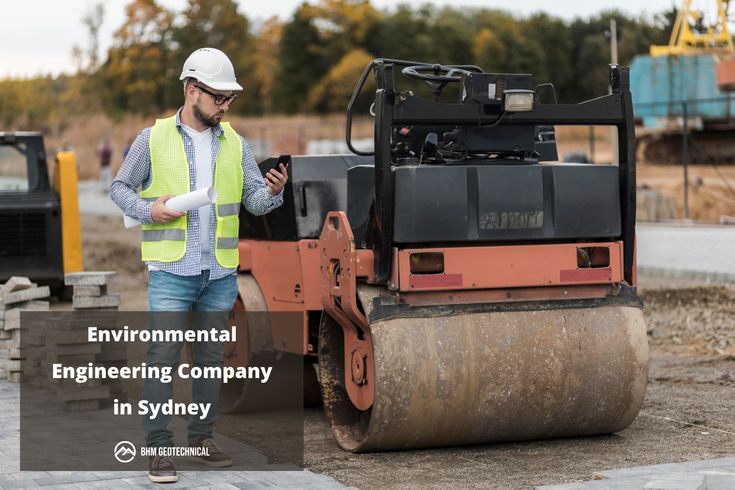Before embarking on any construction project, a thorough preliminary site investigation is essential. This process ensures that potential challenges are identified and mitigated, ultimately saving time and resources. Here are the key factors to consider during a preliminary site investigation preliminary site investigation.

1. Site History and Ownership
Understanding the history of the site is crucial. Research previous uses, any existing structures, and past environmental issues. Investigating property ownership can also reveal potential legal complications or restrictions. Historical maps, land records, and local archives can provide valuable insights.
2. Geotechnical Assessment
A geotechnical assessment evaluates the soil and rock conditions of the site. It helps determine:
- Soil Composition: Identifying soil types influences foundation design and construction methods.
- Bearing Capacity: Ensuring the ground can support the planned structures.
- Groundwater Levels: High groundwater can lead to issues such as flooding or instability.
Engaging with geotechnical engineers for detailed testing can prevent future structural problems.
3. Environmental Considerations
Assessing environmental factors is vital for compliance and sustainability. Key aspects include:
- Contaminated Land: Previous industrial uses might leave hazardous materials.
- Protected Species and Habitats: Local wildlife regulations may impact project timelines.
- Flood Risk: Analyze floodplain maps and local hydrology.
Conducting an Environmental Site Assessment (ESA) will help identify any potential environmental liabilities.
4. Regulatory Requirements
Navigating local, state, and federal regulations is crucial. This includes:
- Zoning Laws: Ensuring the proposed use aligns with local zoning regulations.
- Permits: Identifying necessary permits for construction and environmental impact.
- Building Codes: Adhering to safety and design standards.
Engaging with local planning departments early in the process can smooth the pathway for approvals.
5. Utilities and Infrastructure
A comprehensive investigation of existing utilities (water, gas, electricity, sewage) is essential. This includes:
- Availability: Are the necessary utilities accessible for the project?
- Capacity: Will current infrastructure support the additional load?
- Relocation: Identifying any utilities that may need to be moved or upgraded can prevent costly delays.
6. Access and Logistics
Assessing site access is critical for construction efficiency. Consider:
- Transportation Routes: Evaluate nearby roads for heavy equipment transport.
- Site Layout: Analyze the best configuration for construction staging and materials storage.
- Safety and Security: Establish access controls to protect the site and personnel.
7. Stakeholder Engagement
Engaging with stakeholders—such as local communities, businesses, and government entities—can facilitate smoother project execution. Consider:
- Community Concerns: Addressing potential objections early can build goodwill.
- Collaborative Opportunities: Local partnerships can enhance project sustainability and acceptance.
8. Financial Implications
Finally, understanding the financial aspects is vital. Investigate:
- Budget for Investigations: Allocate funds for necessary assessments and testing.
- Cost of Delays: Anticipating potential issues can help in budgeting for contingencies.
- Insurance Requirements: Ensure adequate coverage for environmental or structural risks.
Conclusion
A preliminary site investigation is not merely a formality; it is a critical step that can influence the success of a construction project. By thoroughly assessing these key factors, stakeholders can mitigate risks, comply with regulations, and pave the way for a successful development. Breaking ground without this essential groundwork can lead to unforeseen challenges that could derail a project, making comprehensive investigation indispensable.